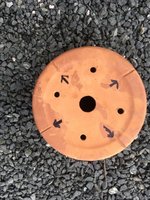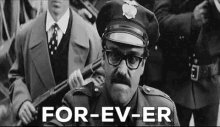bobbywett
Mame
Hello Folks,
I’m getting ready to repot a dozen or so of my pre-bonsai into pots next spring. I have a couple of questions though.
Bobby
I’m getting ready to repot a dozen or so of my pre-bonsai into pots next spring. I have a couple of questions though.
- Can I reduce the root mass radically in order to fit some trees into a finished sized pot, or is there an in between size I should be shooting for? Most of my trees have been in their current containers for 2-4 years and I happy with their trunk diameter.
- I like the idea of using clay or terracotta over plastic or mica. Do they make clay or terracotta pots that are deep enough to help me slowly reduce the root mass, or can I just purchase finish pots and not worry about slowly reducing the roots?
- Does anyone know of a source to purchase clay or terracotta pots that won’t break the bank.
Bobby
Attachments
-
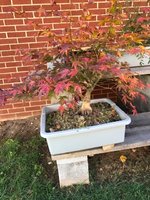 EC933203-B268-484E-9119-251D0786FBD9.jpeg107 KB · Views: 87
EC933203-B268-484E-9119-251D0786FBD9.jpeg107 KB · Views: 87 -
 0D4CFDB3-76F1-4880-A0AA-557ABE556FB1.jpeg64.6 KB · Views: 83
0D4CFDB3-76F1-4880-A0AA-557ABE556FB1.jpeg64.6 KB · Views: 83 -
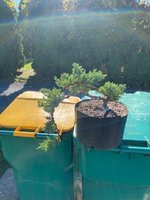 D601E441-82A4-4CBF-A383-2635532A7118.jpeg60.8 KB · Views: 71
D601E441-82A4-4CBF-A383-2635532A7118.jpeg60.8 KB · Views: 71 -
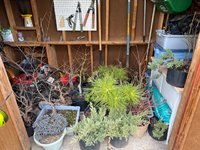 33309DB1-6E72-437D-87AC-77D1BCE2E8E9.jpeg104.6 KB · Views: 70
33309DB1-6E72-437D-87AC-77D1BCE2E8E9.jpeg104.6 KB · Views: 70 -
 1498BEDB-1097-4F87-8AB4-79DAD9CC6EC3.jpeg99.8 KB · Views: 78
1498BEDB-1097-4F87-8AB4-79DAD9CC6EC3.jpeg99.8 KB · Views: 78




